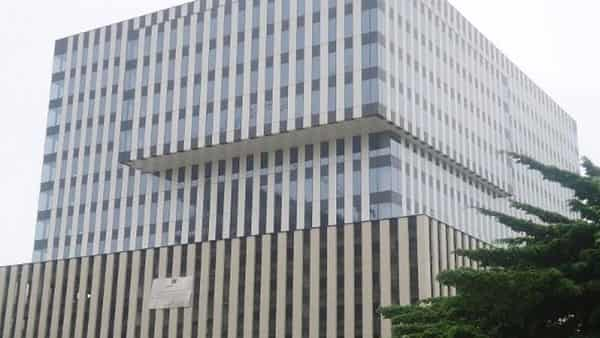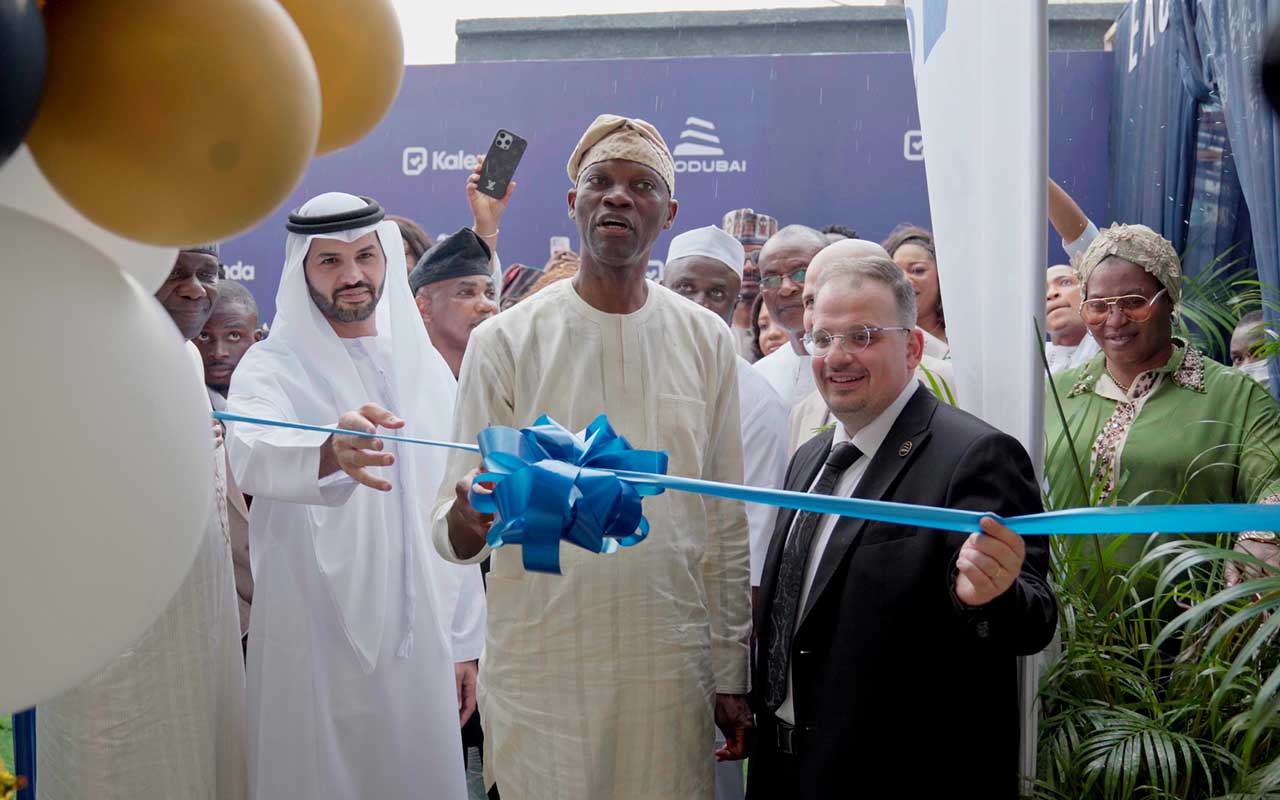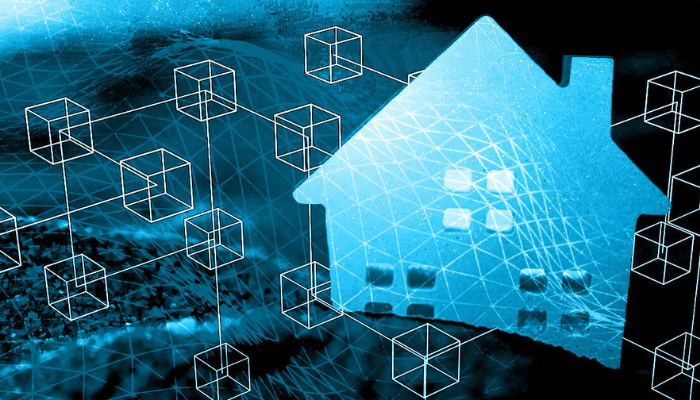
Researchers see residential real estate as the next frontier that will be radically transformed by the wellness movement. Consumers around the world already spend $3.7 trillion (or five per cent of global GDP in 2015) on their wellness. They are beginning to recognize this connection and demand housing that puts human health and wellbeing
With lifestyle property growing faster than the global economy, the Global Wellness Institute believes that residential real estate is the next frontier that will be radically transformed by the wellness movement.
The researchers at the Miami, Florida-based Global Wellness Institute (GWI) say homes, communities, and surrounding environment directly affect daily behaviors and lifestyles, and together these determine up to 80-90 per cent of health outcomes.
They argue that since homes are typically most important personal investment and expenditure, it is only logical that they should also be an investment in health and wellbeing.
The report revealed that many players – real estate investors, urban planners and designers, architects, transportation planners, and the construction industry – shape the built environment that determines our health outcomes.
“Collectively, we must shift our thinking: buildings and infrastructure are as important as immunizations; pocket parks, paths, and plants are as beneficial as prescriptions; friends and neighbours.
It stated that “demand for wellness lifestyle real estate and communities is rapidly accelerating. Consumers are seeking out healthy places to live and are ready to pay for them. Industry leaders and visionaries are pioneering innovative ways to meet the different lifestyle needs and desires of consumers. Governments are beginning to support these efforts, although sometimes in a piecemeal and incoherent fashion. Standards, guidelines, and design principles are emerging to facilitate them. The confluence of these developments means that wellness lifestyle real estate is poised to go from niche to mainstream. Eventually, building for wellness will become the norm.”
Already, wellness real estate is a $134 billion industry in 2017, growing by 6.4 per cent yearly since 2015. For comparison, this is about 1.5 per cent of the total annual global construction market. It is also about half the size of the global green building industry.
GWI projects that the wellness real estate sector will expand by 6per cent yearly in the next several years, growing to $180 billion by 2022. According to the report, there are more than 740 existing or planned residential projects in 34 countries that include large-scale master planned communities and urban/suburban mixed-use developments.
The United States, along with a few key countries in Asia (China, Australia, India) and Europe (UK, Germany), account for three-quarters of the global wellness real estate market.
Nigeria and other African countries are lagging behind in the new development. In South Africa, wellness lifestyle real estate is just starting to garner interest, with a small handful of mixed-use development projects adding healthy and active design features and amenities. In 2016, the Green Building Council of South Africa launched a Green Star sustainable precincts tool for certifying sustainable/healthy communities, with eight pilot projects committed to pursuing certification.
As health spending by family continues to triple, “we’re becoming more unhealthy as we live longer,” said Ophelia Yeung, a senior research fellow at the Global Wellness Institute who co-authored the report, called “Build Well to Live Well: Wellness Lifestyle Real Estate and Communities.” Naturally, Ms. Yeung said, this conflux has led to people asking themselves “why they invested their life savings in a home that is not keeping them well.”
Specifically, the last hundred years have brought great advances in engineering, sanitation, building safety, and city planning. Science and technologies have enabled us to control infectious diseases and bring ever greater levels of comfort, conveniences, entertainment, and telecommunications into our homes. Yet our modern living environment has also created new health risks – sedentary lifestyles, lack of physical activity, poor diet, stress, social isolation, and environmental degradation.
The global rise of many respiratory and chronic diseases has been traced directly to pollution. The built environment favors driving over biking, sitting over walking, riding in elevators over using the stairs, texting over face-to-face conversations, and screen time over outdoor recreation. Even as people live longer, more are living lonely, unhealthy, and unhappy lives.
Wellness lifestyle real estate is a nascent industry that recognizes, and has the potential to meet, today’s immense health challenges. It represents a shift that explicitly puts people’s wellness at the center of the conception, design, creation, and redevelopment of our homes and neighborhoods.
“In these urban areas, the indoor environment is going to be so important for them — it’s a sanctuary where they’re going to escape to,” Ms. Yeung said. “It’s not just about pampering.”
The luxury real estate industry’s answer to that need is a slate of wellness-oriented properties ranging from shiny beachfront condos to self-contained urban high-rises to private villas nestled within lush private resorts.
“There is a recognition that building for human health is going to be the core (value),” in the real estate market going forward, Ms. Yeung said. “When you look at it from that perspective, it’s a whole lot bigger than the luxury apartment with the spa, the gym, the swimming pool.”
Ms. Yeung, the Global Wellness Institute researcher, said broad consumer awareness is “just being awakened.”
Within three to five years, she said, the mid-market will catch up with the luxury segment and it is “going to come like a tsunami.”
The researchers noted that “many elements of the green/sustainable building movement, design-driven movements, the food movement, new urbanism, intentional communities, and others, are already being adapted, mixed, and incorporated in innovative ways into new and upcoming wellness-focused residential projects and communities.”
“As we look to the future of wellness real estate and communities, we can expect smarter use of technologies and innovations, new metrics to capture the Return on Wellness (ROW), and a deeper exploration of the relationships between physical and virtual communities and between our individual/personal wellness and community/planetary wellness.
[ad unit=2]






